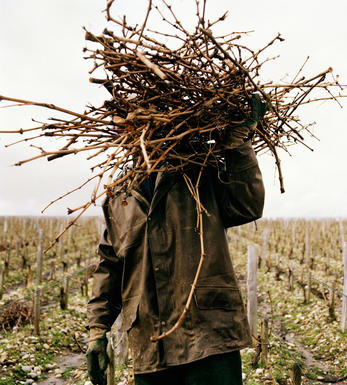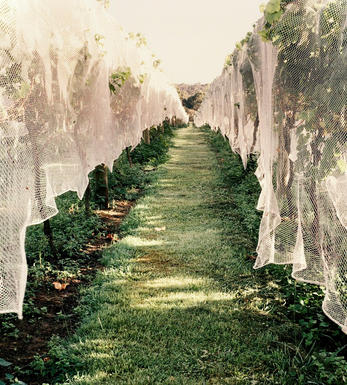
Critics reviews
David Schildknecht - The Wine Advocate #183, June 2009
About this WINE

Domaine Puig-Parahy

Cotes du Roussillon
The putative partnership of Languedoc and Roussillon has been one of convenience and geographical contiguity rather than any stylistic or cultural synergy. Roussillon lies at the southern edge of Mediterranean France, its climate informed by the Pyrenees and its outlook aimed towards Catalonia. Perhaps a not entirely unrelated phenomenon lies in the fact that it has not been especially well-served by the French Appellation Contrôlée system with Collioure being the only table wine designation, with Côtes du Roussillon – established as late as 1979 – serving as a rather vague umbrella for everything else.
Where the wines were once rustic and often oxidised, they are now rich and infinitely interesting. The famous fortified styles of Banyuls, Maury and Rivesaltes certainly show off the wonders of Grenache and Muscat, yet one should not forget the table wines: whites from altitude with extraordinary minerality and fresh acidity, and reds which are often reminiscent of their lofty cousins over the border in Priorat.

Grenache/Garnacha
Grenache (Noir) is widely grown and comes in a variety of styles. Believed to originate in Spain, it was, in the late 20th century, the most widely planted black grape variety in the world. Today it hovers around seventh in the pecking order. It tends to produce very fruity, rich wines that can range quite widely in their level of tannin.
In many regions – most famously the Southern Rhône, where it complements Syrah and Mourvèdre, among other grapes – it adds backbone and colour to blends, but some of the most notable Châteauneuf du Pape producers (such as Château Rayas) make 100 percent Grenache wines. The grape is a component in many wines of the Languedoc (where you’ll also find its lighter-coloured forms, Grenache Gris and Blanc) and is responsible for much southern French rosé – taking the lead in most Provence styles.
Found all over Spain as Garnacha Tinta (spelt Garnaxa in Catalonia), the grape variety is increasingly detailed on wine labels there. Along with Tempranillo, it forms the majority of the blend for Rioja’s reds and has been adopted widely in Navarra, where it produces lighter styles of red and rosado (rosé). It can also be found operating under a pseudonym, Cannonau, in Sardinia.
Beyond Europe, Grenache is widely planted in California and Australia, largely thanks to its ability to operate in high temperatures and without much water. Particularly in the Barossa Valley, there are some extraordinary dry-farmed bush vines, some of which are centuries old and produce wines of startling intensity.



Buying options
Add to wishlist
Description
Puig offers an oxidized, non-vintage Rancio Sec rendered from Grenache Blanc and Grenache Gris, and based on a solera about whose age he would only say “the mother is very, very ancient,” which at this address rather lets one’s imagination run wild. A nutty, smoky, pungent Olorosa-like nose ushers in a silken-textured palate informed by toasted nuts, citrus oils, fruit skin tartness, and cyanic fruit kernel bitterness. This is both rich and bright, offering a fascinating interplay of flavors, albeit a rather austere finish that displays slight heat from its 15% alcohol. (I tasted several old soleras from cask to which Puig refers as “rancio moelleux” – although that term is not legally recognised – but found them less harmonious or intriguing than this wine.)
David Schildknecht - The Wine Advocate #183, June 2009
wine at a glance
Delivery and quality guarantee